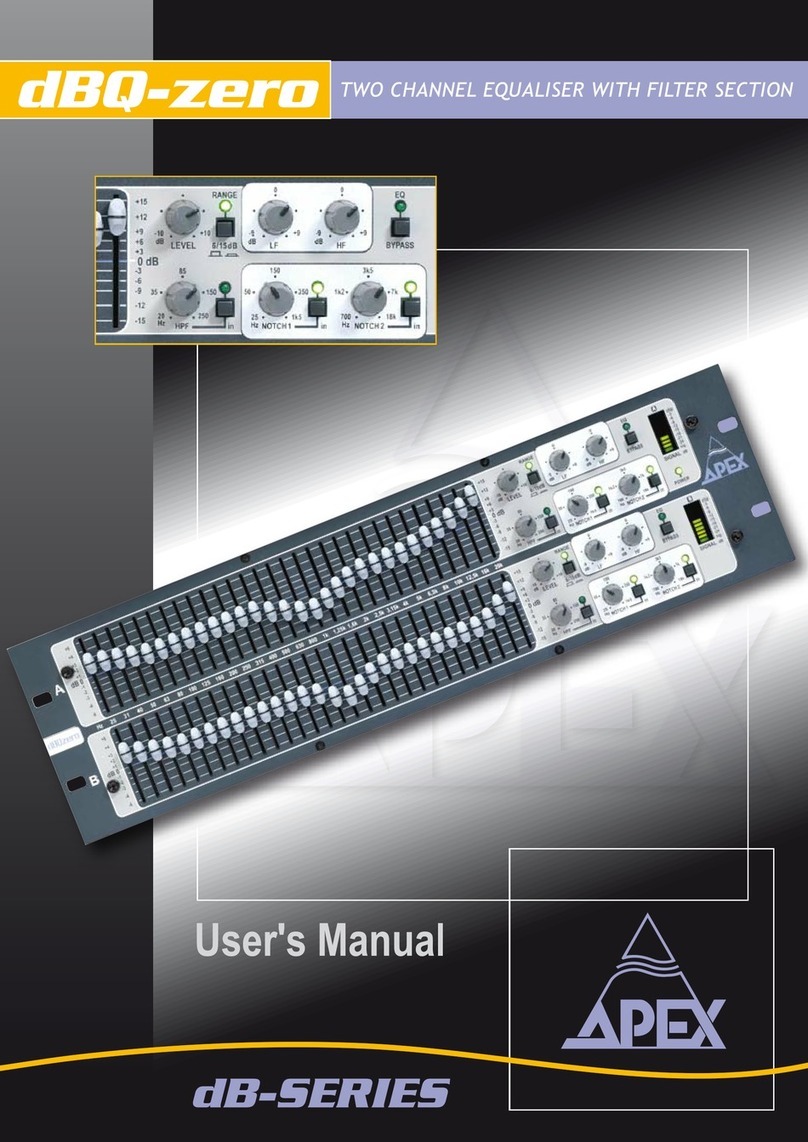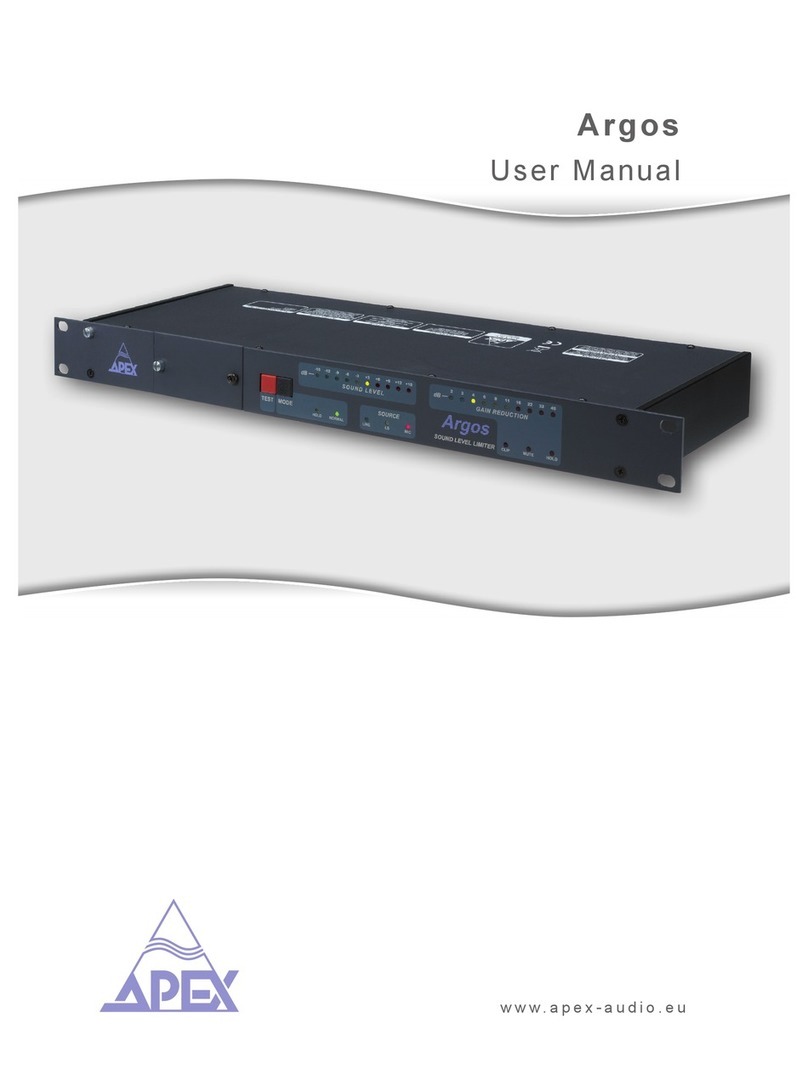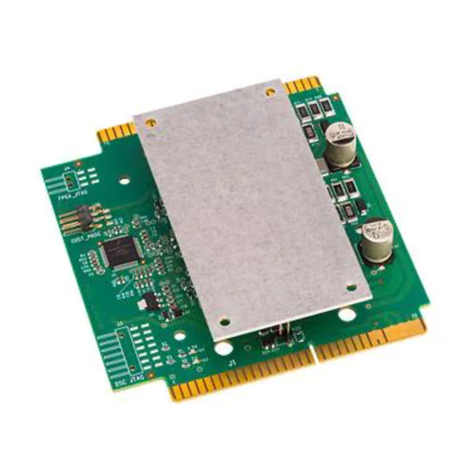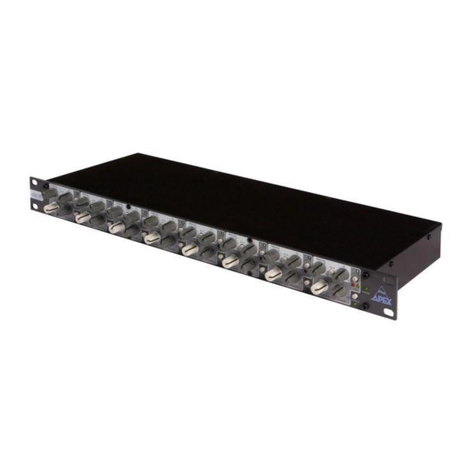
4
CAUTION: to reduce the risk of electric shock, do not
remove cover (or back). No user-serviceable parts
inside. Refer servicing to qualied service personnel.
The lightning ash with arrowhead symbol,
within equilateral triangle, is intended to
alert the user to the presence of uninsulated
“dangerous voltage” within the product’s enclosure that
may be of sufcient magnitude to constitute a risk of
electric shock to persons.
The exclamation point within an equilateral
triangle is intended to alert the user to
the presence of important operating and
maintenance (servicing) instructions in the literature
accompanying the appliance.
Instructions
Before installing or operating the equipment, read all
safety instructions, warnings and operating instructions.
Heed all warnings. Follow all instructions. Keep all
safety, installing and operating instructions for future
reference.
Installing and operating location
Do not use this apparatus near water. Do not expose
this apparatus to drips or splashes. Do not place
any objects lled with liquids, such as vases, on the
apparatus.
Do not install near any heat sources such as radiators,
heat registers, stoves, or other apparatus (including
ampliers) that produce heat. No naked ames, such
as lighted candles, should be placed on the apparatus.
Do not install the apparatus in a conned space such as
a book case or similar unit. Do not block any ventilation
openings.
Ensure that foreign objects and liquids cannot get into
the equipment.
Installinaccordance with the manufacturer’sinstructions.
Only use attachments/accessories specied by the
manufacturer.
Use only with the cart, stand, tripod, bracket or
table specied by the manufacturer, or sold with the
apparatus.
When a cart is used, use caution when
moving the cart/apparatus combination to
avoid injury from tip over.
The apparatus should be located close enough to the
AC outlet so that you can easily grasp the power cord
plug at any time.
The mains plug, the appliance coupler or the mains
switch is used as the disconnect device. Either device
shall remain readily operable when the apparatus is
installed or used.
Power source and grounding
This product should be operated only from the power
source indicated on the apparatus or in the operating
instructions. If you are not sure of the type of power
supply to your home, consult your product dealer or
local power company.
Do not defeat the safety purpose of the polarised or
grounding-type plug. A polarised plug has two blades
with one wider than the other. A grounding type plug
has two blades and a third grounding prong. The wide
blade or the third prong is provided for your safety. If
the provided plug does not t into your outlet, consult an
electrician for replacement of the obsolete outlet.
Connect Class I construction apparatus to an AC outlet
with a protective grounding connection.
Do not overload wall outlets, extension cords or integral
convenience receptacles, as this can result in a risk of
re or electric shock.
Protect the power cord from being walked on or pinched,
particularly at plugs, convenience receptacles and the
point where they exit form the apparatus.
Unplug this apparatus during lightning storms or when
unused for long periods of time.
Batteries (battery pack or batteries installed) should not
be exposed to excessive heat such as sunshine, re or
the like. Never dispose of batteries in a re as they may
explode and cause injury.
CAUTION: Danger of explosion if battery is incorrectly
replaced. Replace only with the same or equivalent
type.
Important safety instructions
Important safety instructions


































